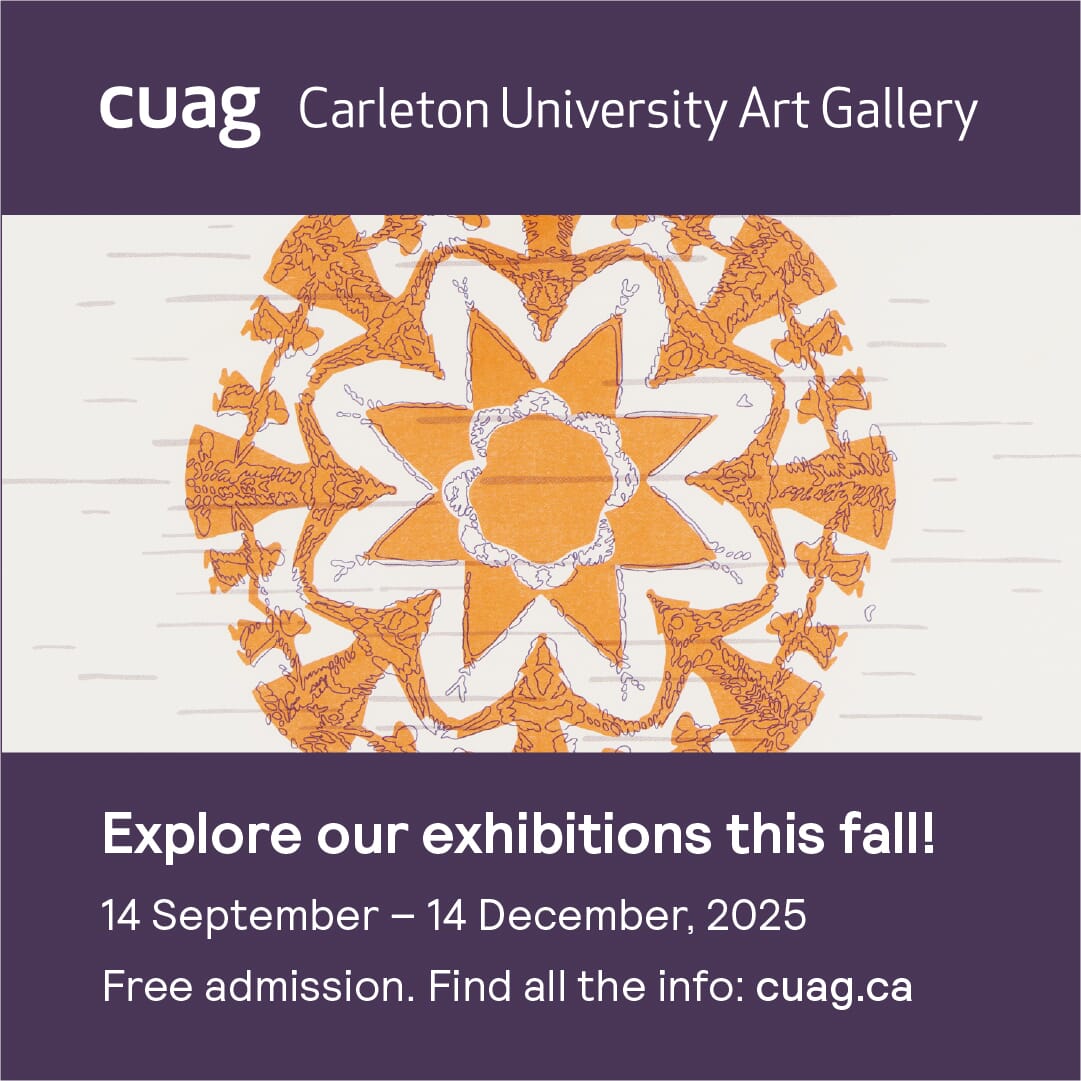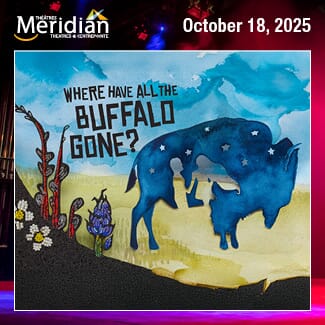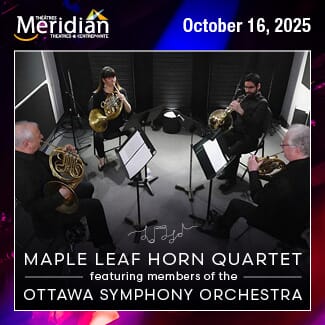Last week, the National Gallery of Canada unveiled a new exhibit featuring work from the six finalists for the coveted Sobey Art Award, containing an array of pieces that represent the diversity that makes up Canada’s cultural tapestry.
The finalists this year include Tarralik Duffy, Tania Willard, Chukwudubem Ukaigwe, Sandra Brewster, Swapnaa Tamhane, and Hangama Amiri. The winner will be announced on Nov. 8.
The Sobey Art Awards celebrates its 24th anniversary this year and has experienced a significant growth since its founding, NGC Director Jean-François Bélisle says.
“Since [2002], the exhibition [and] the community programming had become really the leading forum across Canada for audiences nationally, and internationally, to discover Canada’s most pertinent artistic voices every year,” he says.
Bélisle also highlighted the NGC’s goal in “building bridges” across Canada, which is made possible thanks to programs like the Sobey Art Award to showcase artists’ work from around the country and have viewers “reflect on what else we can do to make an impact.”
Jonathan Shaughnessy, Director of Curatorial Initiatives and Chair of the 2025 Sobey Art Award Jury, also spoke on how the artworks “present both global and local perspectives, considering themes such as memory, history, community, and belonging.”
In an interview with Apt613, Shaughnessy further discussed how the exhibition explores various themes such as investigating histories, contemplating the future, language, and relationships to land.
“Even though we’re talking about six artists whose practices are not necessarily related to one another, they work according to their vision for the world. It always amazes me what themes overlap and how material practices can come together to have a dialogue.”
Shaughnessy encourages people to visit the exhibit with an open mind and appreciate the diversity of materials and media used in contemporary art, as well as trace the stories that they are sharing.
“A lot of them are taking the visitor to different parts of the world… I think [the exhibit] is for those who kind of want to go there and have the openness to listen and look, and I think it’ll be a really rewarding experience,” he says.
Here are some more details about each of the finalists this year at the exhibit:
Tarralik Duffy – Circumpolar Region
Duffy refers to her work as “immortalizing a memory or nostalgia,” which can be seen through her use of pop culture references, commercial products, and language in each of her pieces. While they all harness a colourful sense of nostalgia, her artwork also touches on food scarcity faced by Inuit communities.
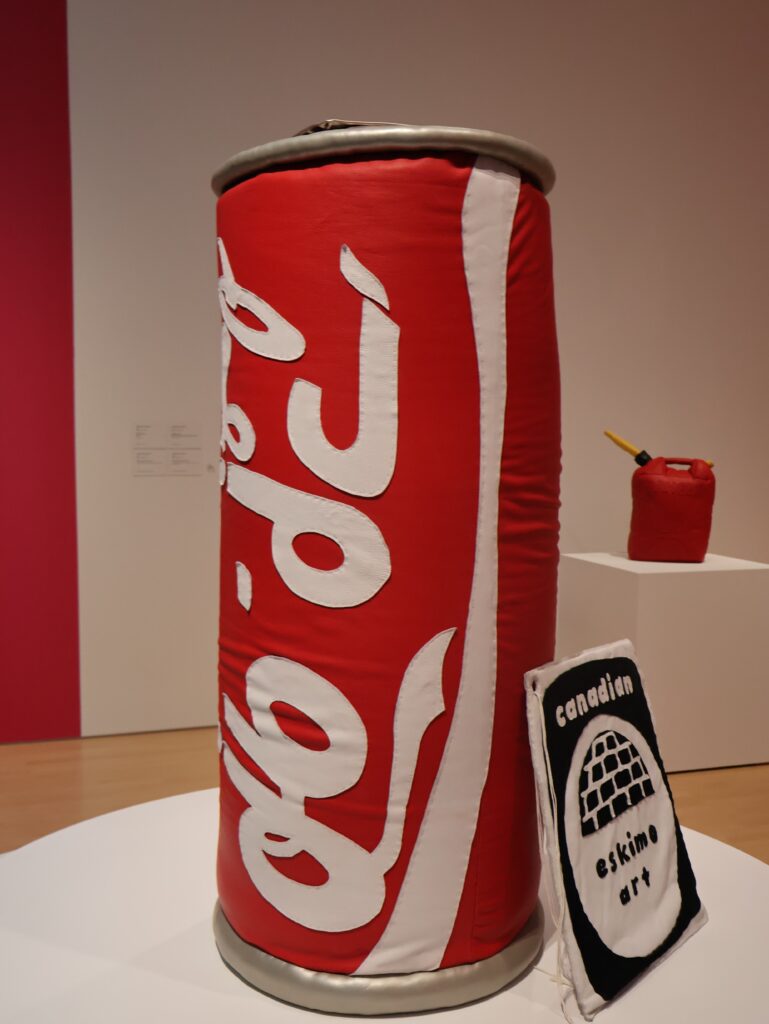
Work by Tarralik Duffy. Photo: Audrey Pridham.
“I do like that there is a sense of playfulness, and it becomes more palatable because there are deeper issues that I touch on,” she said. “It’s really comedy in a way; it helps you digest things that might be more difficult.”
Duffy also wants people to see Nunavut in a new perspective, beyond stereotypical images. She expressed the desire to challenge preconceived notions about Inuit life without being upset with others’ ignorance.
Sandra Brewster – Ontario Region
Brewster’s exhibit is a combination of family photographs, gel transfers, and mixed media that explore Black joy, diasporic experiences, land, and water. Each piece incorporates elements of history and memory, and often reference movement between places and a mash-up of geographies and temporalities. For instance, one piece that is on display is a photograph of Brewster’s mother in Trafalgar Square, highlighting themes of freedom and travel.
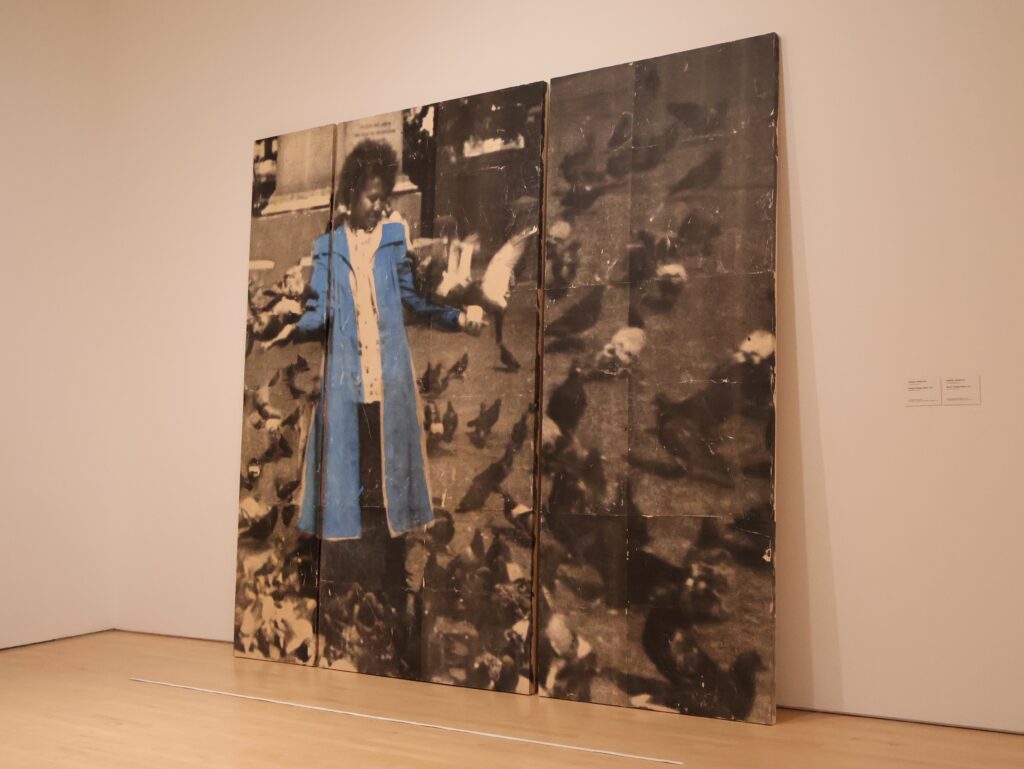
Work by Sandra Brewster. Photo: Audrey Pridham.
“The materiality has these elements of change in them, because after I’m completing the work, you see all the creases and the folds and such, and sometimes the ink is not adhering to the surfaces,” she says.
Another series that Brewster is displaying is titled “Take a Little Trip,” inspired by the Minnie Riperton song, which focuses on excursions and grandness. The series features images of different people that “we consider icons” who are in conversation with someone talking about their inspirations and views on life.
Brewster hopes that the imagery will help people connect with the idea of being part of larger histories and places, and that “people see that of themselves and of other folks that they engage with on the street.”
Swapnaa Tamhane – Quebec Region
Tamhane is a multidisciplinary artist whose work is deeply rooted in her Indian heritage. Her pieces examine the impact of colonization and the legacies of Partition and Independence in India, and uses materials such as fibre, pulp, and indigo with Indian vernacular techniques.
Cotton is another central theme present in Tamhane’s exhibit, where various forms were used, like block printing.
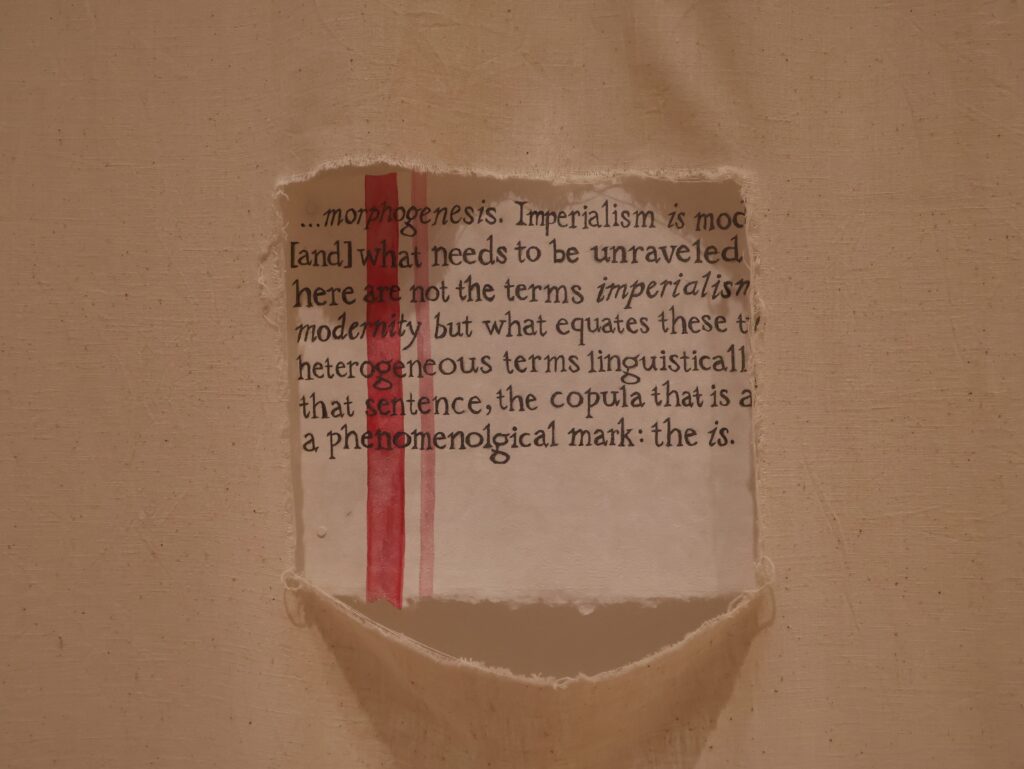
Work by Swapnaa Tamhane. Photo: Audrey Pridham.
“I’m kind of thinking about all the different forms of cotton in its production in India, where I spend a lot of time working with artisans and with the block printer,” she says.
Her installation also incorporates architectural and spatial elements, such as a large vinyl piece with merged block printing tables and mirror cabinets holding block printed cotton textiles.
She hopes viewers will explore the elements of her work without needing extensive prior knowledge.
“I would want them to sort of spend time, look at each of the drawings and enjoy the installation… I’m trying to create a larger story by having all of these elements together.”
Tania Willard – Pacific Region
Willard is influenced by land-based practices and the Indian Reserve System, where her work incorporates intergenerational knowledge of her Secwépemc heritage and pays homage to her aunties.
“A lot of this work emphasizes my connection to land-based practices… but also the real beauty and abundance that is in the land for me, because it represents so much of our language and culture and governance structures.”
She also discussed her ongoing learning journey, in which she works with elders and communities to deepen their understanding and respect for the land.
Many of Willard’s art pieces are meant to move between gallery and natural spaces.
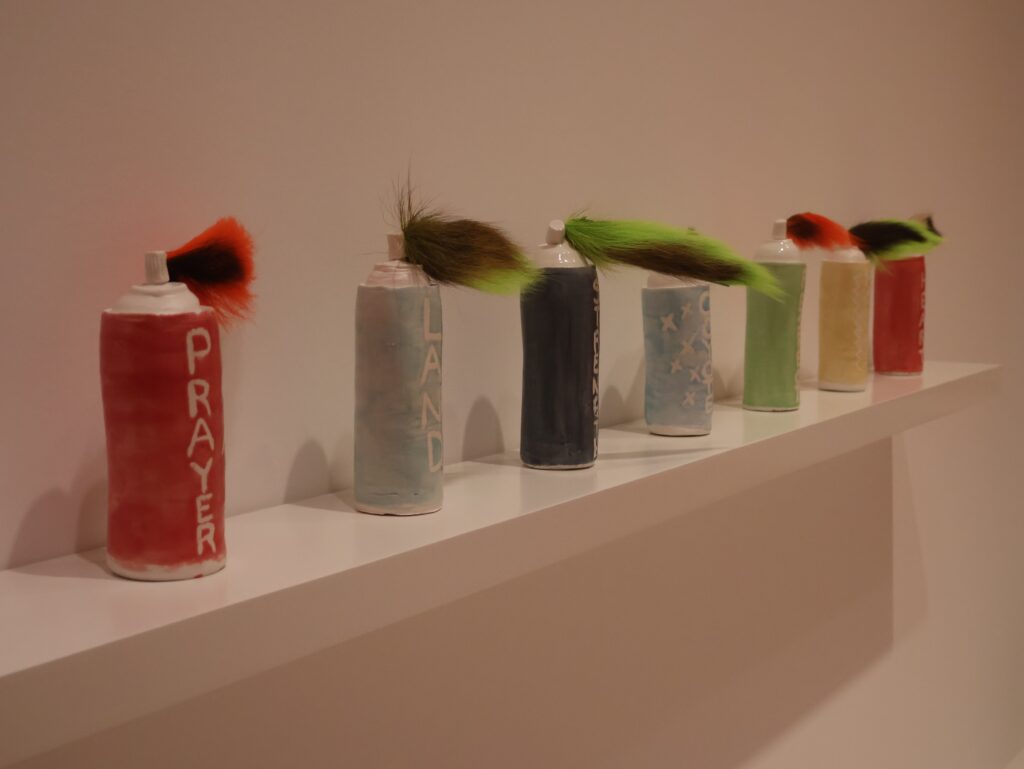
Work by Tania Willard. Photo: Audrey Pridham.
They aim to also bring awareness to different ecologies and systems when the work is outside and inside the gallery, such as the ceramic spray cans with dyed buck deer tail hairs that convey the integration of land-based knowledges and contemporary activisms.
Willard expressed her desire for visitors to see the beauty and art in their surroundings with new eyes.
“The work of artists is really important in interpreting that, but also there are many non-human agents of art and creative practice all around us,” she said. “I’m really invested in thinking about the ways we integrate and connect to the outdoors.”
Hangama Amiri – Atlantic Region
Amiri is an Afghan-Canadian artist whose work focuses primarily on fabric textiles. Each of her pieces are inspired by her relationship with Afghanistan and her home life before fleeing Kabul in 1996.
In the exhibit, many of her fabric works were made using fabric appliqué and are suspended from the ceiling and hung on the walls. The appliqué technique involves the amalgamation of different patches, bringing a testimony and homage to her past and present experiences as an Afghan-Canadian artist.
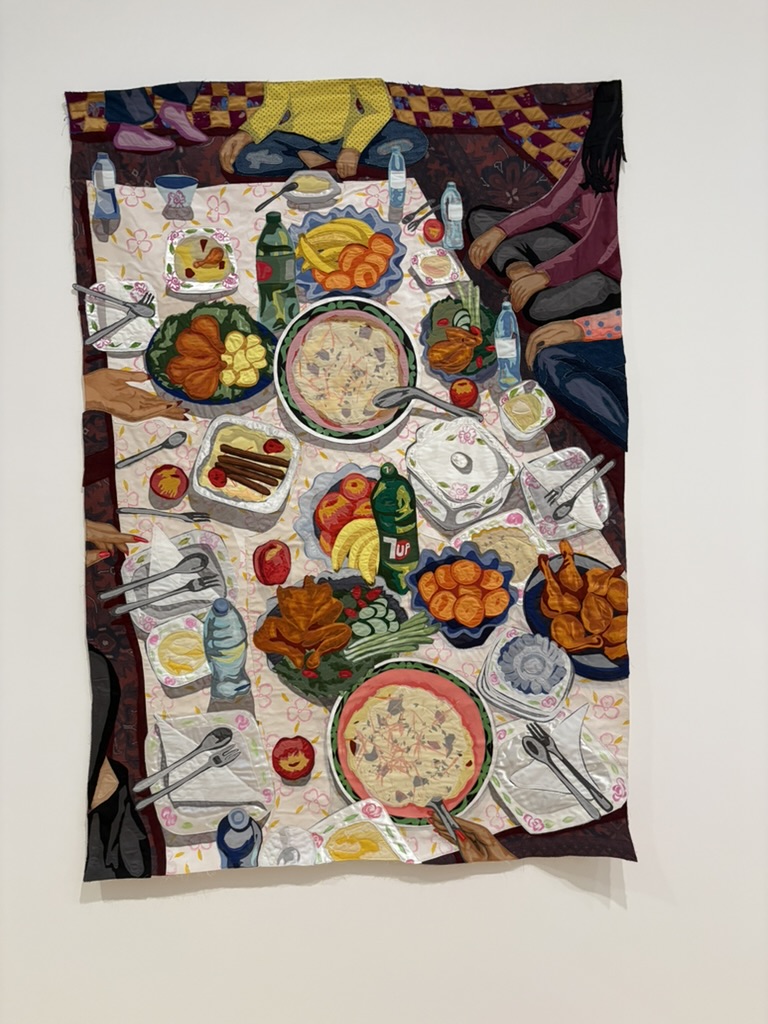
Work by Hangama Amiri. Photo: Audrey Pridham.
“I’m hoping to create a platform that their voices will exist, [and that] their stories will be retold in a different lens,” Amiri said. “Being a visual artist, it’s also a privilege to show and paint a different picture for my audience.”
Amiri’s work also aims to challenge assumptions and perspectives about Afghan women by celebrating their beauty and addressing current issues like the education ban for young girls.
She ultimately hopes the exhibit will provide an open-ended conversation and engagement, offering a different image of Afghanistan. “I hope the viewers will take a different depiction of that side of the world.”
Chukwudubem Ukaigwe – Prairies Region
Ukaigwe combines various technologies and media to convey overlapping ideas by using vibrant materials and colours. His work is influenced a range of sources such as experimental music, literature, futurism, and history.
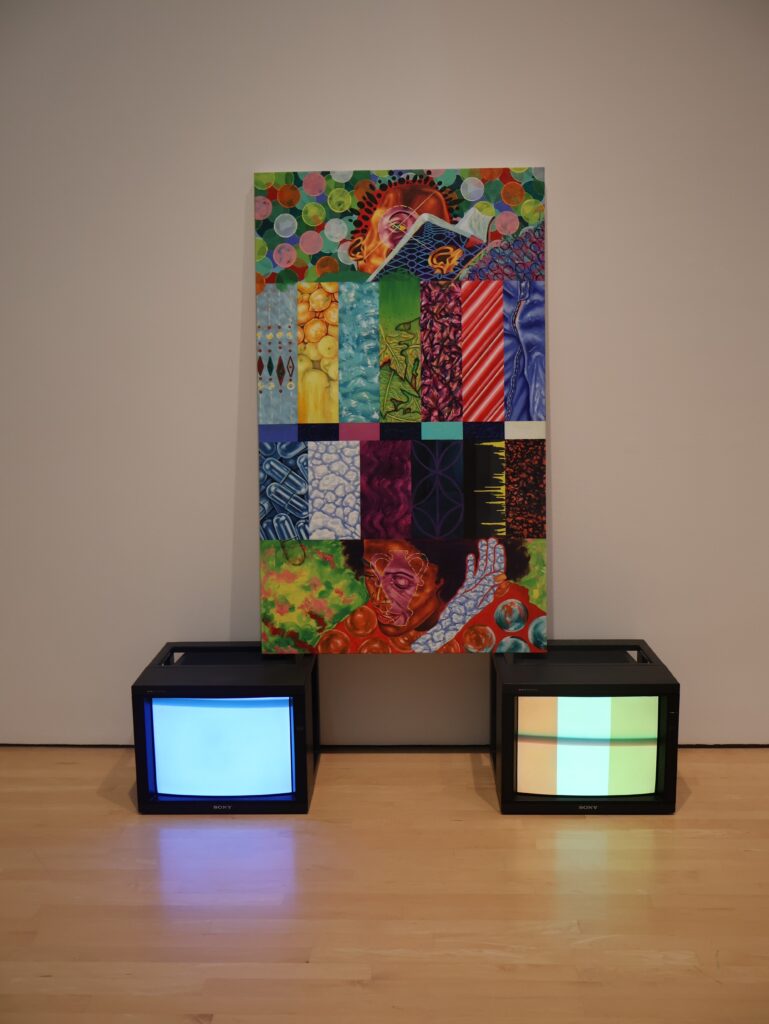
Work by Chukwudubem Ukaigwe. Photo: Audrey Pridham.
While he was unable to attend the exhibit’s media preview, Ukaigwe’s work explores his internal conflicts and criticizes outside factors that impact Black communities. Most importantly, he aims to “collapse the subject-object divide while mapping out new and revised sociographies,” according to the NGC’s website.
The 2025 Sobey Art Award Exhibition is now open for visitors and will be running until Feb. 8, 2026.


